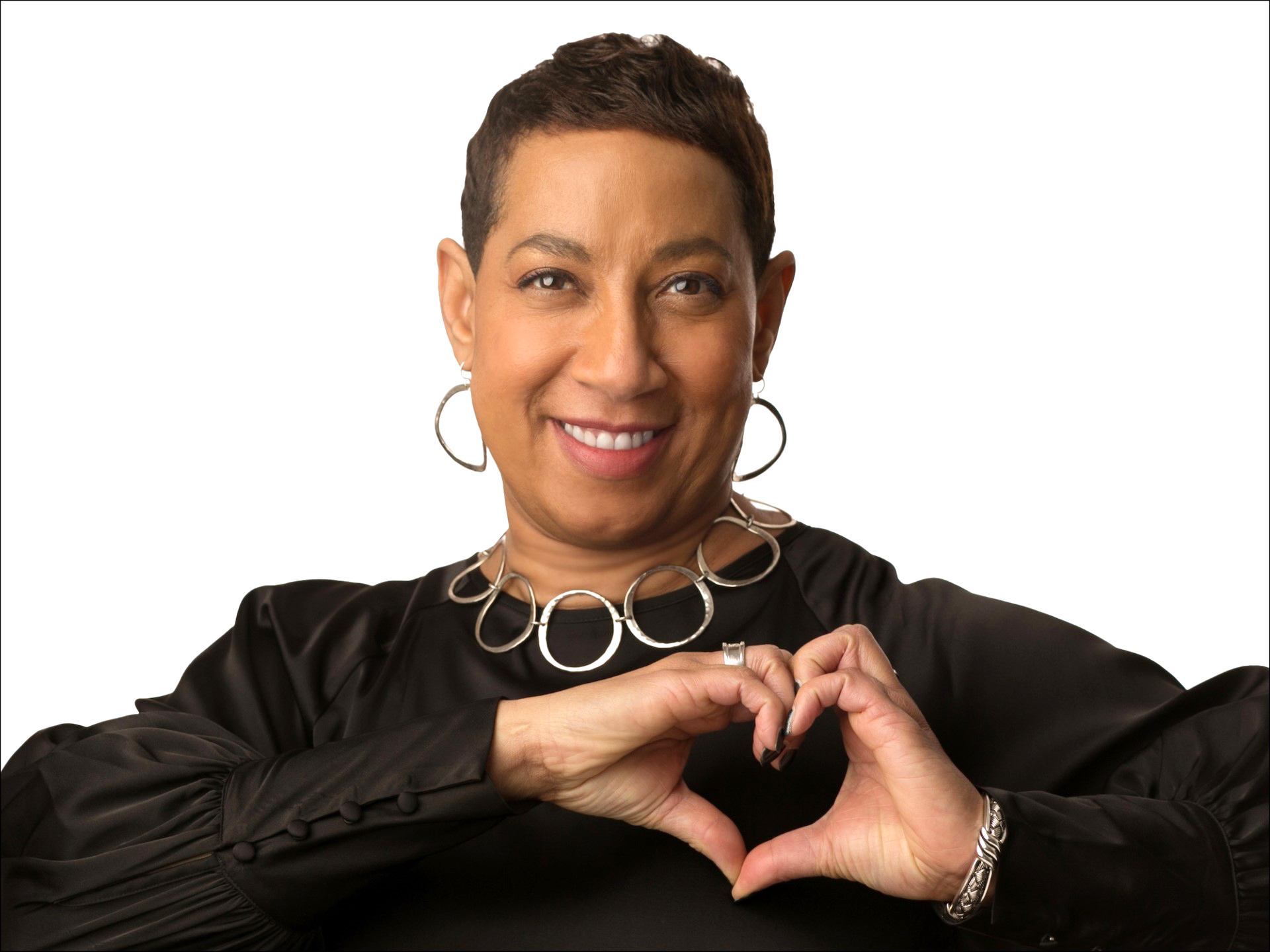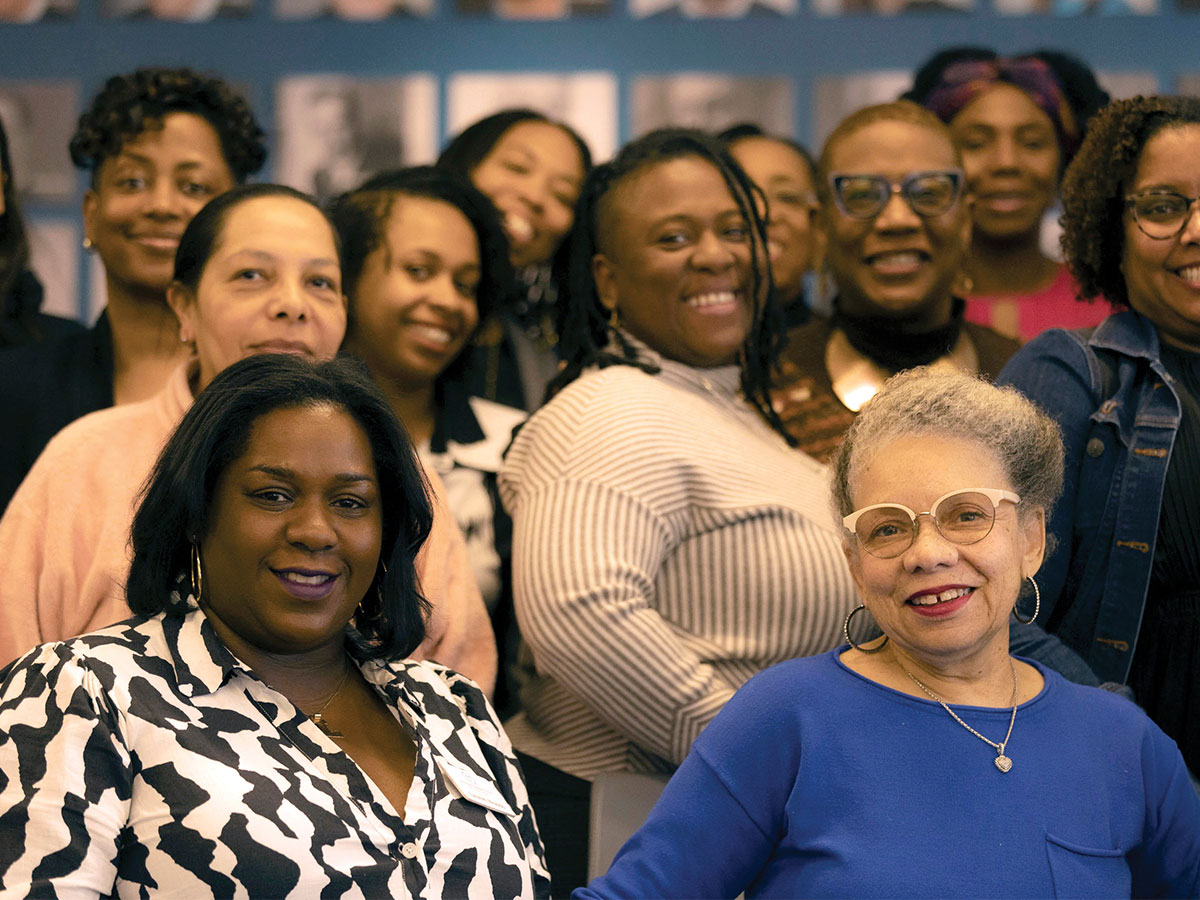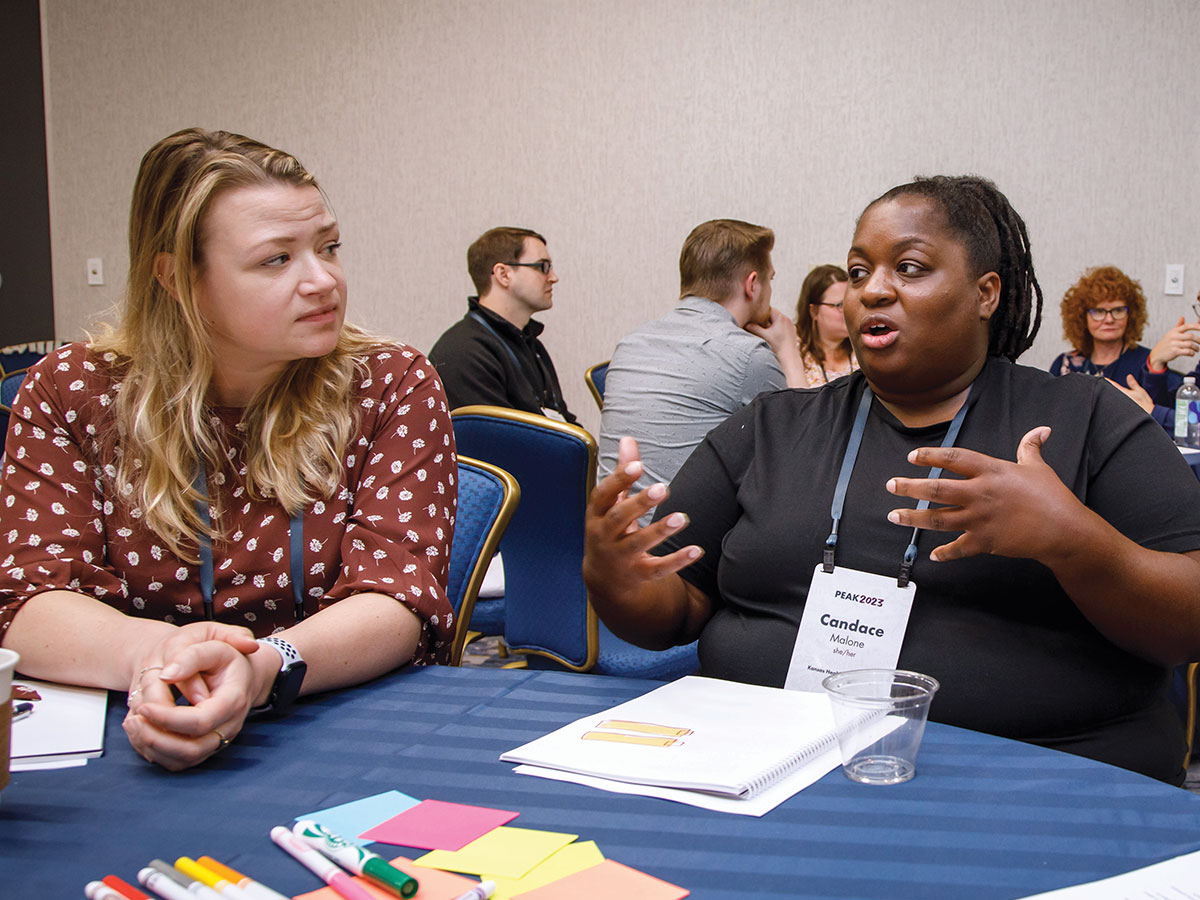
You’ve received the email. “You need to revise the application” that you just finished updating. *sigh* Sometimes the request is reasonable – a typo, a change in strategy, or the foundation now or no longer serves that city, county, or population. Other times, the request is based on a feeling or a fad. Some changes are simple, some strategic, some ridiculous. And then, there are those changes you avoid because you’re unsure of the proper solution.
I recently created a new application and “the gender identity question” bounced through my mind. Starting an application from scratch allowed me as much inclusivity as I dared. I could go beyond male and female, but I also wanted “clean data” and nothing is easier to analyze than two choices. I had to ask myself, “Is my data’s cleanliness more important than another’s inclusion?” When asked that way, I sure sound selfish. Arguments ricocheted around my brain. “I want to serve this population, but if I can’t prove the need with data, how will I serve them?”
By trying harder. By being inclusive. By doing better.
As funders rightly shift their focus toward greater diversity, equity, and inclusion, grant applications should too. With every question we ask our applicants – not just gender questions – we should also ask ourselves: How will my foundation use the data? And, more importantly: Will my foundation use the data?
The Grants Manager’s forever questions should be: “How can my foundation best serve the grantee? What are our options?” The following provides guidelines and food for thought on gathering data for an individual.
When gathering information for a contact (i.e., an individual), determine pronouns, names and honorifics. They are used frequently in written and spoken communications, and your foundation should show the respect to everyone by addressing them with the appropriate pronouns. Err on the side of inclusivity. Whenever a name is requested, also request pronouns.
For the individual such as the grant writer, program manager, or chief executive, ask for their pronouns – not “preferred” pronouns. I am a cisgender woman; my pronouns are she/her/hers. Someone who is nonbinary, transgender, or genderqueer also has pronouns (not preferred pronouns.) People tell us what their pronouns are.
If there is an option to explain why you are asking, do! For example, “We ask this to be as respectful as possible when addressing our applicants.” You might ask:
“Which pronouns should we use when addressing you?”
- She/her/hers
- He/him/his
- They/them/theirs
- Always use my name
- Prefer to self-describe: ____
- Prefer not to say
When hosting an event or consortium, encourage staff to introduce themselves with their pronouns; ask for pronouns during registration and put their pronouns on name tags. You might word the question:
“Which honorific should we use when addressing you?”
- Mr.
- Ms.
- Mx.
- Mrs.
- M.
- Captain
- Coach
- Dr.
- Fr.
- Professor
- Reverend
- Your Honor
- Another: ___
I prefer Mx., a non-gendered option. Others prefer Ms. or Mr. to define their gender. When classifying gender for your board of directors, an individual might be asked:
I identify my gender as _______ (fill in the blank) (For example: male, female, nonbinary, genderqueer, prefer not to say)
While filling in a blank may be the most inclusive way to ask the question, extracting clean data from a fill-in-the-blank answer causes its own issues, of which we are all aware.
Using the option of “Other” is discouraged, due to connoting exclusion – or othering – of historically omitted or disregarded populations. Instead, try allowing self-description. For example:
What is your gender?
- Male
- Female
- Non-binary
- Prefer to self-describe: _______
- Prefer not to answer
I don’t have all the answers and this is just one opinion. What I do know: This will change as we grow in understanding. I invite you to share your thoughts, disagreements, successes, and struggles with addressing “the gender identity question.” See you on CONNECT!



